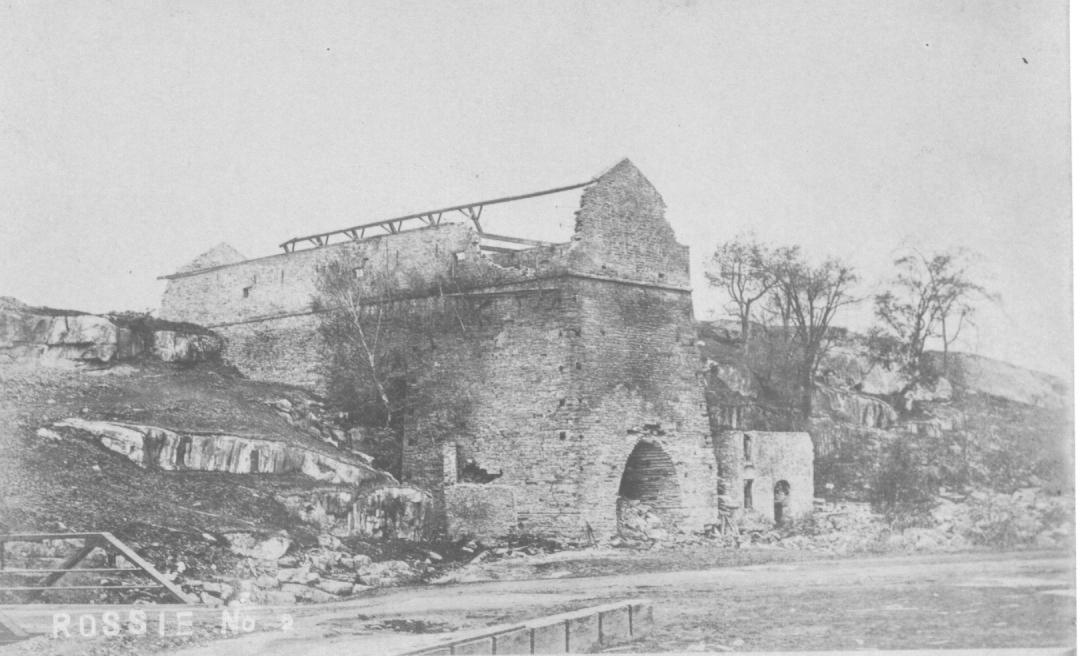 |
 |
At this juncture, Mr. Parish met with parties from New England,who guessed that the thing could be done, & he accordingly offered to Messrs.Keith, Marvin & Sykes the free use of the furnace & coal, with the privilege of using the best of the ore upon the premises, & all they could make in three months, if they would make a trial. The result was that these men realized a large profit,& not the least difficulty was found in getting iron of a good quality & in greatest abundance.
From this time the furnace was run by S.Fullers & Co.,for about three years, on a contract & which was to have run five years,but Mr. George Parish having an opportunity of leasting it for a long term, bought the contract & leased it to Robert R. Burr, of New Jersey, who ran it two or three years, & left about 1827. It then lay idle about ten years. A forge was ecected in 1816,which was subsequenty burned. The first furnace was what was technically called a quater-furnace, with one tewel, or pipe for air. A part of the time previous to 1826 bog ore was used. The principal supply has been from Caledonia mine in Rossie, The Keene & Wicks mines in Antwerp, & a small opening adjoining the Kearney mine.
This furnace has been several times burnt & rebuilt. On the 12th day of May, 1837, it was again got in operation by Mr. Parish. A stack thirty-two feet square & forty-six feet high, was built during that year,which stood untill 1844, when the present stack, which is forty-feet square, & nine feet diameter within & capable of making eleven tons per day with a hot blast, was erected. It is technically called a three-quarter furnace, & has three tewel, or air pipes. The hot blast was introduced in 1838, by Mr. Alger, the patentee.
From 110 to 120 bushels of charcoal are required to make a ton of iron with the hot blast & 200 with the cold blast. The Last blast at this furnace ended Oct.14, 1867, Since that time the works have remained idle....

